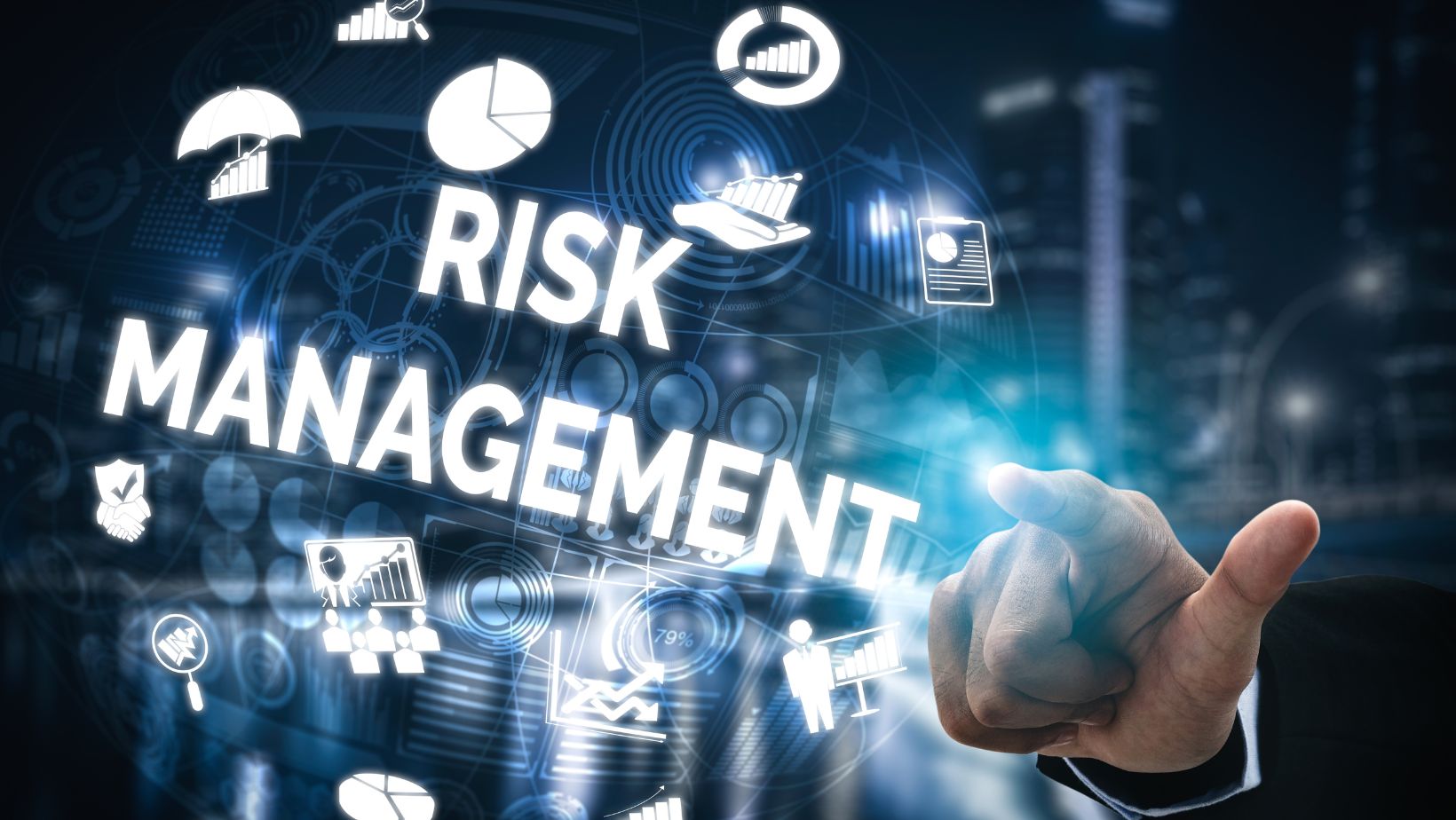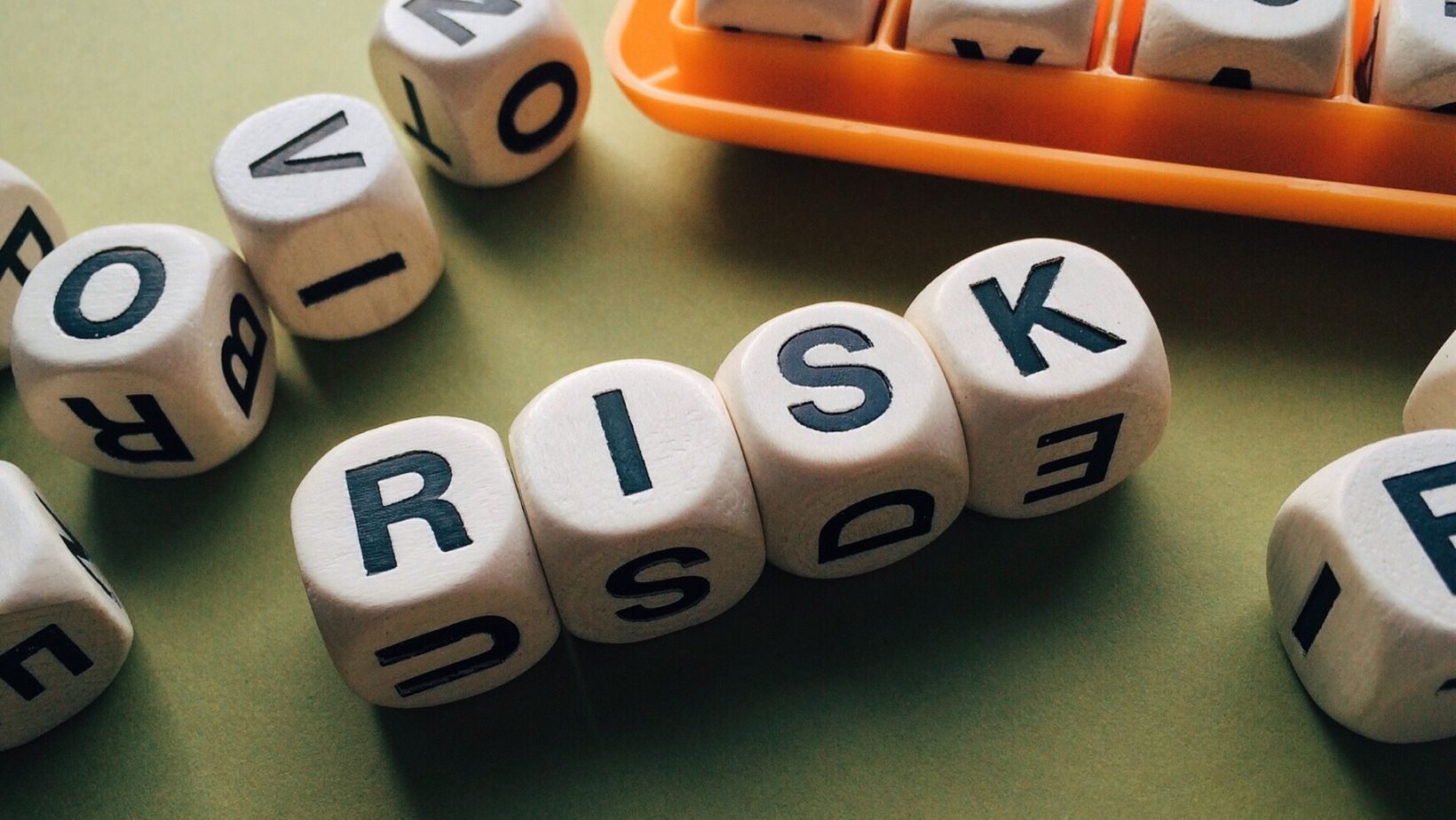Most people think risk is something you just have to face — an unknown you step into, hoping things go your way. But what if you could simulate risk first, like a pilot running through flight training in a zero-stakes environment?
In finance, careers, and even personal decisions, understanding how you respond to risk before real money or opportunity is on the line is a powerful edge. And surprisingly, there are ways to train yourself for high-stakes thinking — without the high stakes.
Here’s how.
Run Low-Stakes Experiments with Real Variables
A mistake people often make is thinking risk only matters when there’s something tangible at stake. But real learning comes when you separate the environment from the consequences. You can recreate risk environments using mock investments, simulated businesses, or even decision trees for everyday choices.
For example, say you’re considering moving to a new city for a job. Simulate it: track the real cost of living, create a “shadow budget,” and even impose the new schedule on yourself for two weeks. You’ll reveal both psychological and financial strain points without making the move.
Use Digital Simulations — Not Just Investment Simulators
While stock simulators are common, they often fail to mirror real-world emotions like fear of loss or FOMO. This is where gamified environments like online poker or blackjack — yes, really — can come in handy.
Unlike mindless scrolling or passive entertainment, online casino games on platforms like BizBet indir (especially when played with demo money or tight limits) let you experience:
- Managing a bankroll
- Facing decisions under uncertainty
- Experiencing loss and learning to detach
- Calculating odds vs. relying on gut feeling
It’s not about “practicing gambling” — it’s about understanding how you respond to chance, especially when outcomes are out of your control. These insights are transferable to investing, entrepreneurship, and negotiations.
Track Emotional Responses to Risk
Risk isn’t just numbers — it’s narrative. Your brain responds differently when risk threatens identity, reputation, or ego. To simulate real risk, journal your emotional responses during these trial environments.
Ask:
- Did I feel panic when I was “losing” even if it wasn’t real money?
- Did I double down recklessly?
- Did I freeze and avoid making decisions?

These reactions often mirror how you’ll respond in business or financial setbacks. Simulations make those invisible traits visible.
Rehearse the Worst-Case Scenario
This idea isn’t new (the Stoics called it premeditatio malorum), but most people skip it. Write down the worst possible outcome of a decision you’re considering. Not just abstract loss — be specific:
- “I invest $5,000 and it goes to zero. I lose 3 months of rent.”
- “I quit my job and the new one doesn’t work out. I need to rebuild my career from scratch.”
Now simulate that path. What would you actually do? Who would you call? How long would it take to recover?
Rehearsing failure demystifies risk and puts recovery plans in motion before you need them.
Measure Your Risk Tolerance — Don’t Assume It
Most people misjudge their tolerance for risk because they only consider it in theory. Simulations are the missing feedback loop.

Try allocating pretend money to a variety of investment types with different risk profiles. Track their hypothetical performance and see how often you’d have pulled out, doubled down, or panicked. You’ll often find your theoretical risk tolerance is higher than your emotional one.
Final Thought: You Don’t Learn Risk By Avoiding It
Risk is a teacher. But you don’t have to pay full tuition every time.
By creating structured, safe simulations — from mock budgets to controlled gaming environments — you learn not just the math of risk, but the psychology. That understanding gives you an edge when real money, time, and consequences are on the table.
Don’t just face risk. Train for it.
